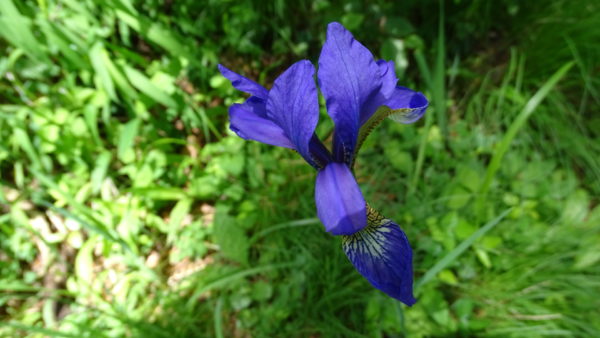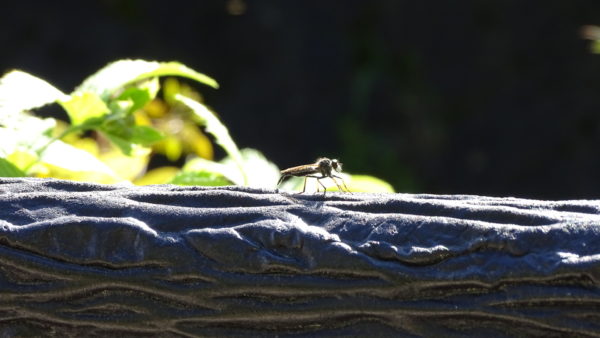Iyashi no sato nemba

The Holy Mountain is still visible this morning but everything can change and quite quickly here.
Fortunately, it’s day off for Nico’s and his colleague Valentin, the sun is there.

I propose them to go to see the magnificent view of the Mount Fuji as well as the Chureito pagoda and in the day to reach the last lake of the region, Saiko.
At the sight of their motivation, we set out towards the Highland station which is just behind the amusement park, we can be there in 3 stops.
Arrived on the spot, we try not to lose too much time, we climb the 400 steps until the pagoda.

The view is even more beautiful when we capture the volcano without clouds or little.

Do you know that Mount Fuji is actually 3 successions of volcanoes having had in turn a moment of glory, or rather disaster over their thousands of years of existence, which created this almost perfect conical shape that we know today.
From its 3776 m high, it is the highest point of Japan. It is located in the Japanese Alps.

This volcano is still considered active, even if its last eruption dates from 1707 (eruption that lasted more than a year). It is a stratovolcano, an explosive volcano that was formed by its lava and ash during several thousand years of eruptions.
If we do not expect an eminent eruption, the earthquake of magnitude 9 of 2011, would have put it under pressure. It must be said that it is located on a crossroads of 4 tectonic plates, Pacific, Philippine, American and Eurasian and on the Pacific Ring of Fire. This is why it is under continuous surveillance.
This gray volcano has a multitude of channels at its base which are eruptive mouths.

This fact does not prevent the 400,000 annual visitors from climbing Mount Fuji (in Kanji: 富士山) and offering us this majestic spectacle today.

We continue our ascent through the woods beyond the pagoda to find a dense forest where, in small detail, a bear is indicated by signs.


An hour and a half later, it is time to go back down because we still have a long way to go.
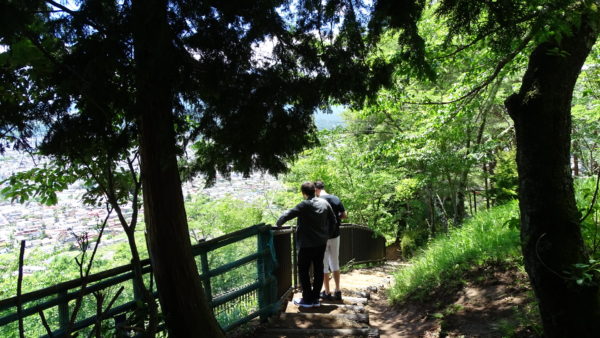
We have a quick lunch and take the train back to Kawaguchiko station, this station has several Sightseeing Bus lines.
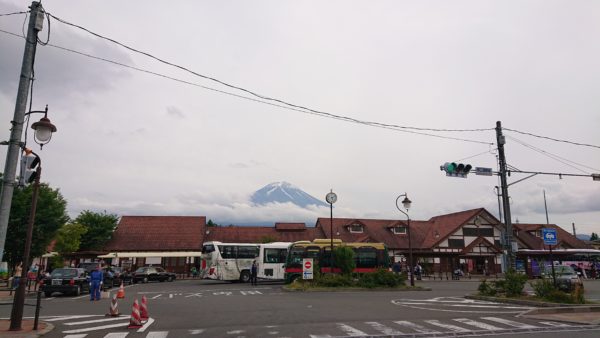
We choose the Saiko Sightseeing Bus, the Green line.
These buses are well named, they go around the lakes and give us great views of the lakes.

After one hour, we arrive at the edge of an old Japanese village. Iyashi no sato nemba. It is located on the side of a mountain in the Alps with Mount Fuji in the background.
After one hour, we arrive at the edge of an old Japanese village.

This village was destroyed by a typhoon in 1966 and was rebuilt as an open-air museum with 20 thatched houses, where you can learn handicrafts, sewing, art etc. A short hour visit is enough. I don’t know if it’s because we arrived late but we didn’t pay the entrance fee.


Le village se ferme, il est temps de reprendre le bus pour Kawaguchiko station.
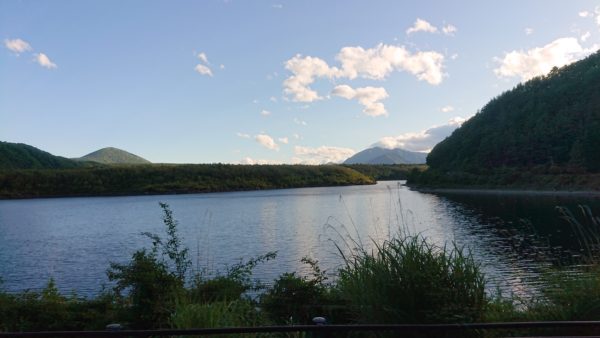

Ninve,
A few pictures of the day:



